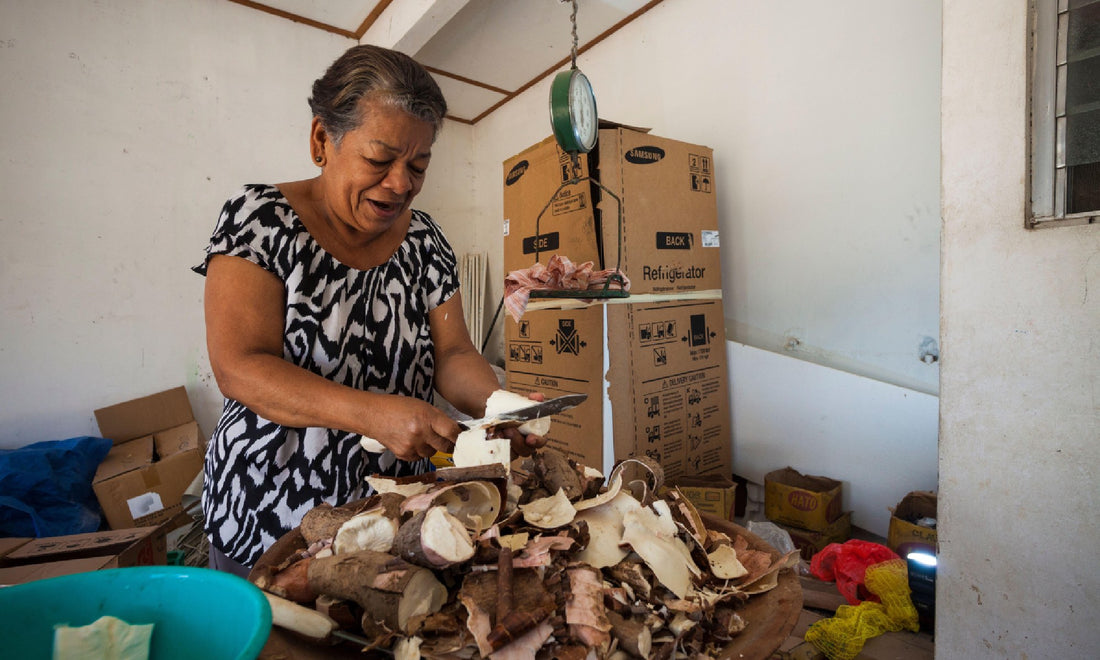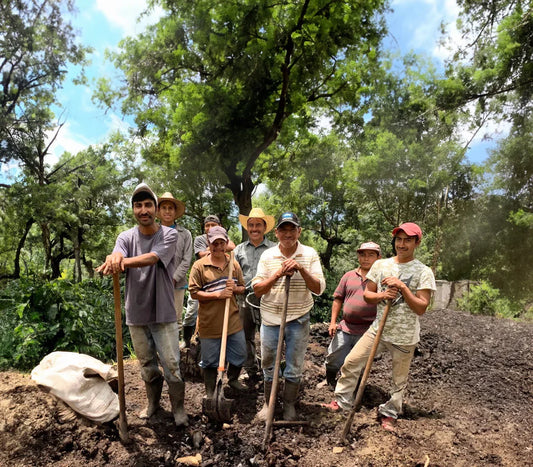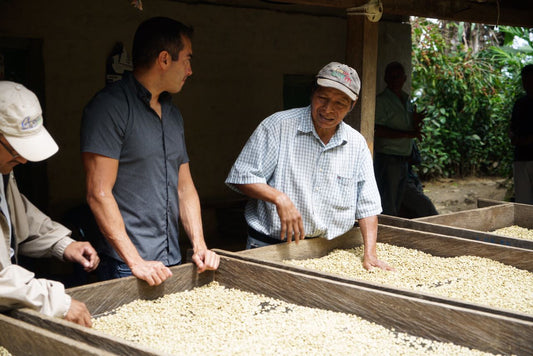
What is Yuca and How is it Used in Central America?
It's the plant with the power to turn back time.
The Root(s) of Our Childhood
I would be hard-pressed to think of a time when yuca hasn’t been present on the dinner table at my family's home in Costa Rica.
A key ingredient of my and many other Latin American's youth, it was used to make fries, tamales, enyucados, and a particular favorite of mine: crunchy, deep-fried croquetas.
Yuca is a widely used ingredient in many of our favorite dishes. It was one of our ancestors' most important food sources, and its roots extend from the north to the south of our continent.
The genetic origins of yuca (or, as it is scientifically known, Manihot esculenta) come from the Amazon basin, which is shared by many countries.
Traces of historic yuca cultivation and consumption have been discovered throughout these countries. In fact, yuca tubers have been found in clay on the coast of Peru dating back to 2000 BC, making it one of the oldest cultivated plants in the world.
Anthropologists have even found budares used to make casabe (unleavened, crusty, thin, circular bread made from yuca flour) as far back as 1120 BC.
Today, it is a staple food across Central America, found in everything from hearty vigorón in Nicaragua to buñuelos de yuca dulce in Guatemala.
But it is more than just an ingredient.
Some believe it represents new opportunities, loyalty, protection and purity; others say that it represents the duality of life and death.

The Healing Properties of Yuca
Yuca's versatility is one of the main reasons it has remained so popular all this time. Almost every part of it can be used – and not just for creating delicious meals.
Most of us will know an abuela who swears by the anti-inflammatory benefits of yuca. And they have every reason to.
Yuca is packed full of saponins, naturally occurring chemicals that act as steroids, helping to soothe joint inflammation like a very weak, natural cortisone shot. It's also got polyphenols and some antioxidants. These chemicals are thought to be the source of yuca's long-standing reputation as an arthritis cure.
The only part of yuca that is widely eaten in Costa Rica is the lovely white flower, called flor de itabo.
The distinct flavors of yuca also have the power to transport many of us back to specific times in our youths. For example, one food blogger, Christa Jimenez, from Costa Rica is immediately cast back to the first time she tried vigóron:
"I was first introduced to this dish in the port city of Puntarenas, where vigorón is sold by street vendors on almost every corner," she writes. "For me, it evokes Tico memories of hot summer days on the beach."
Another popular food writer says she can still taste the first time she bit into yuca – more than 20 years ago.
"Whenever I see yuca on a menu, I order it. Yuca with salsa, yuca in garlic butter, yuca with salsa verde, I just can't see it and not want it.
"I still remember the first time I tried it with fried plantain. I bit into the crispy fried chunks of creamy white root – and immediately fell in love."

Food for Every Occasion
Indeed, yuca frita is yuca at its simplest, yet also its best. It's easy to make and is way nicer than French fries, because their bigger size means you get more of the soft inside while still enjoying a crispy outside.
The best yuca frita is made by boiling large chunks of yucca in saltwater, cutting the rounds into thick straw pieces, and then frying them in vegetable oil.
Enyucado also holds a special place for many.
"I like yuca in all its splendiferous forms, but my favorite is the enyucado," says one journalist for The Costa Rica Star. "This is easily the least common way to partake of yuca and it may take some work to locate a purveyor. However, your stomach will be forever appreciative of your effort."
Experts also claim that yuca is still fermented and cooked using techniques developed by indigenous people to reduce hydrocyanic acid and make it suitable for consumption.
Many sweet dishes such as the famous sago and yuca molasses are, of course, also produced.
It is even used to make cauim, an alcoholic beverage. An interesting feature of this drink is that the raw material is cooked, chewed, and annealed for fermentation so that enzymes present in human saliva break down the starch into fermentable sugars (a principle that was also originally used in Japan to make sake).
In Ecuador, fermented alcoholic yuca beer is known as chicha and is often served in a wooden bowl.
Whatever its use, whether creating a delicious meal, a tasty beverage, or concocting a natural remedy for inflammation, yuca will always hold a special place in our hearts.


